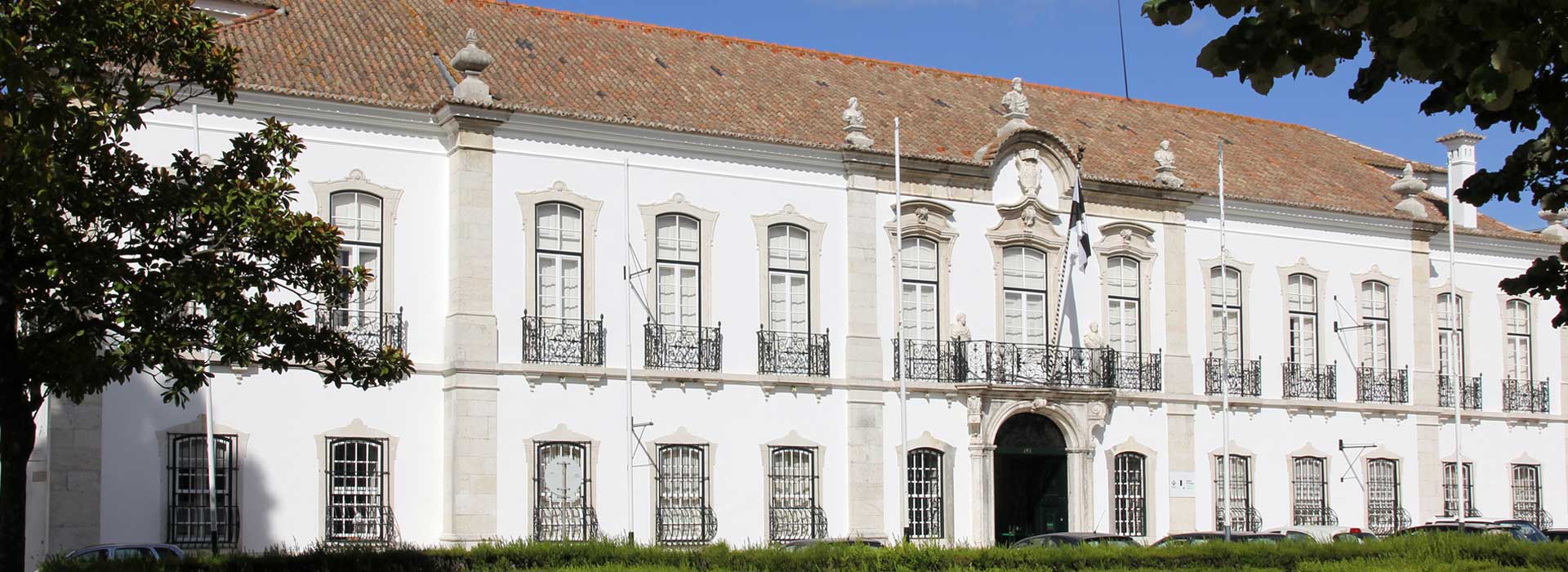
LISBON MUSEUM
Embark on a captivating journey through Lisbon's rich history with a visit to the five iconic sites which collectively make up The Museum of Lisbon, formerly known as the City Museum (Museu da Cidade).
Explore the opulent Pimenta Palace, a stunning example of Portuguese Baroque architecture, and marvel at its exquisite interiors adorned with intricate artwork and furnishings.
Discover the ancient wonders of the Roman Theatre, where centuries-old ruins offer a glimpse into Lisbon's Roman past. Delve into the life and legacy of Saint Anthony at the Saint Anthony Museum, housed in a charming 17th-century church, and learn about the revered saint's miracles.
Ascend the historic West Tower for panoramic views of Lisbon's skyline, and soak in the breathtaking vistas of the city below. Finally, wander through the Casa dos Bicos, a unique building adorned with diamond-shaped stones, and uncover its fascinating history as the former residence of a noble family.
With its diverse array of sites spanning centuries of history, the Lisbon Museum offers a comprehensive exploration of Lisbon's cultural heritage. Whether you're a history buff, architecture enthusiast, or simply curious traveller, these five sites promise an enriching and memorable experience for visitors of all ages. Plan your visit today and embark on a captivating journey through Lisbon's past at the Lisbon Museum's five iconic sites.
Pimenta Palace
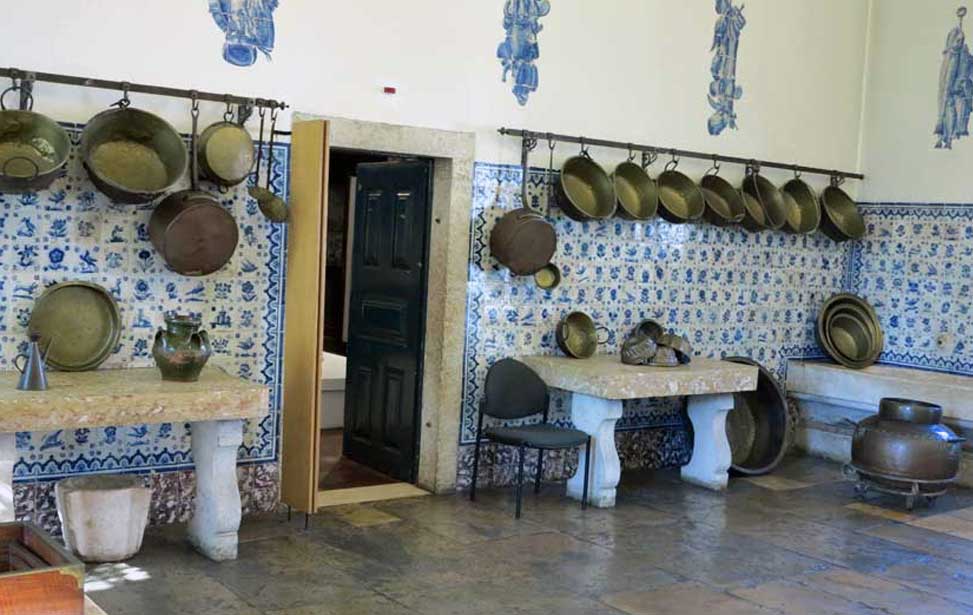
Pimenta Palace - Kitchens
The displays include archaeological finds, sculptures, maps and prints, plus a detailed scale model of Lisbon, showing what the city looked like before the earthquake. The ornate rooms are full of azulejo tiles, ceramics, engravings, ornate fireplaces, furniture and original paintings. Also there is a room dedicated to the Águas Livres Aqueduct with details of the architectural plans for its construction. Have a look out for the piano that belonged to Alfredo Keil, composer of the Portuguese national anthem.
One of the rooms also displays a remarkable collection of tile art, and you can also admire the Palace’s original tile panels that decorate a grand staircase and the walls of five rooms. A fine example of azulejo tile art ccan be found in the original kitchen. Here there is an 18th-century panel showing a black woman cleaning fish on a table. It is a rare depiction of a non-European for the time and for the use of a colour other than blue and white goes against the fashion of the Baroque period. There's also an interesting array of well worn cookware, pots and pans. The kitchen also gives access to the Palace’s 18th-century chapel.
Tuesday – Sunday: 10h00 - 18h00, Monday: CLOSED (last admission at 17h30)
Adult: €3.00, Concessionary: €1,50,
Getting to the Pimenta Palace
701, 717, 731, 735, 736, 738, 747, 750, 755, 767, 778, 783, 796, 798Campo Grande (Yellow & Green lines)
Contact Details
245 Campo Grande, 1700-091 Lisbon, Portugal.
38° 45' 29.9" N | 09° 09' 22.2" W | +351 217 513 200
info@museudelisboa.pt | Website
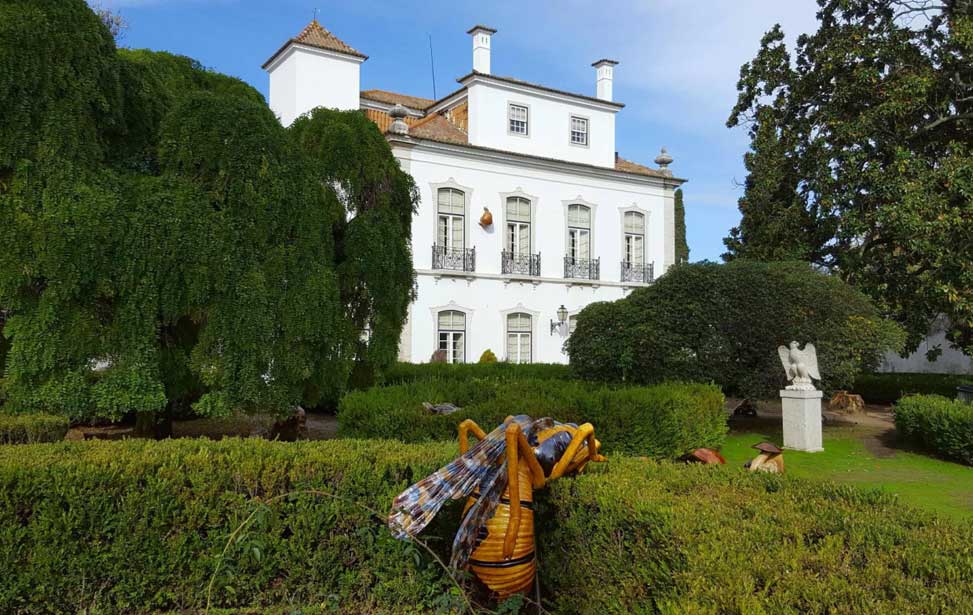
Pimenta Palace Gardens
Museum of Saint Anthony
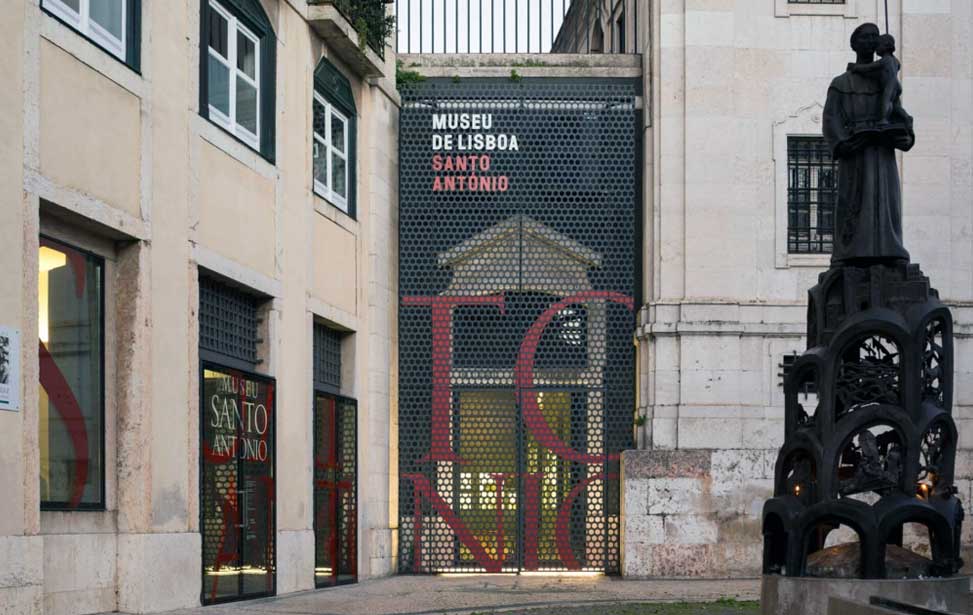
Museum of Saint Anthony
Known to be a miracle worker, Saint Anthony is the patron saint of matchmaking and of lost objects, among various other patronages. The permanent exhibition also looks into the multiple occasions the saint features on the calendar of popular festivities, including processions, weddings, festivals and marches. The neighbouring Church of Saint Anthony is built upon what is commonly regarded as his birthplace.
Tuesday – Sunday: 10h00 - 18h00, Monday: CLOSED (last admission at 17h30)
Adult: €3.00, Concessionary: €1,50,
Getting to the Museum of Saint Anthony
714, 732, 736, 737, 760 | 12E, 15EContact Details
22 Largo de Santo António da Sé, 1100-499 Lisbon, Portugal.
38° 42' 36.4" N | 09° 08' 02.5" W | +351 217 513 200
santoantonio@museudelisboa.pt | Website
Roman Theatre Museum
Tuesday to Sunday: 10h00 - 13h00/14h00 - 18h00. Monday: CLOSED | Entrance: FREE
Getting to the Roman Theatre Museum
714 732 736 737 760 | 12E, 28EContact Details
3A Rua de São Mamede, 1100-532, Lisbon, Portugal. | 38° 42' 37.3"N | 09° 07' 57.1"W
+351 215 818 530 | info@museudelisboa.pt | Website
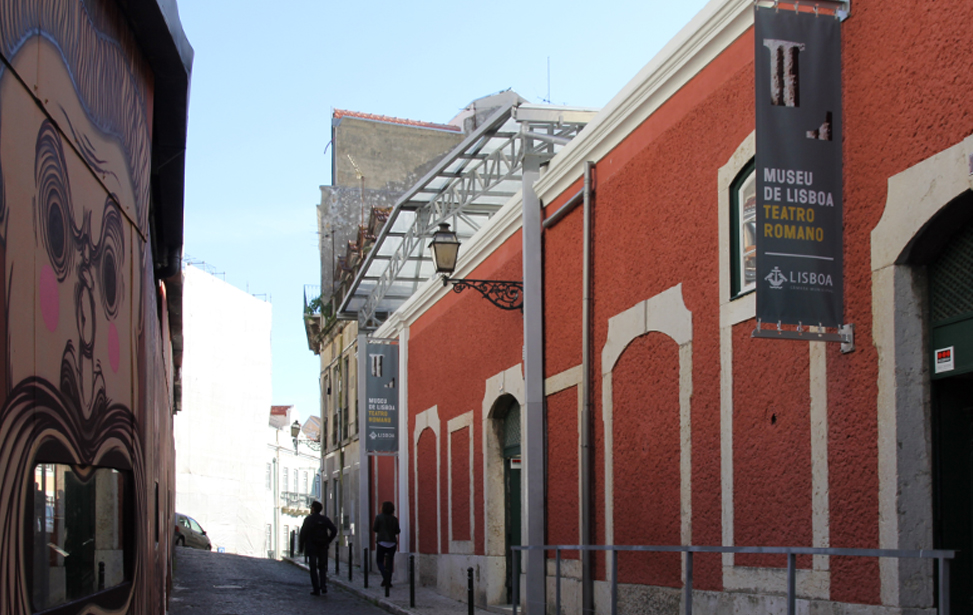
Museu do Teatro Romano
Casa dos Bicos
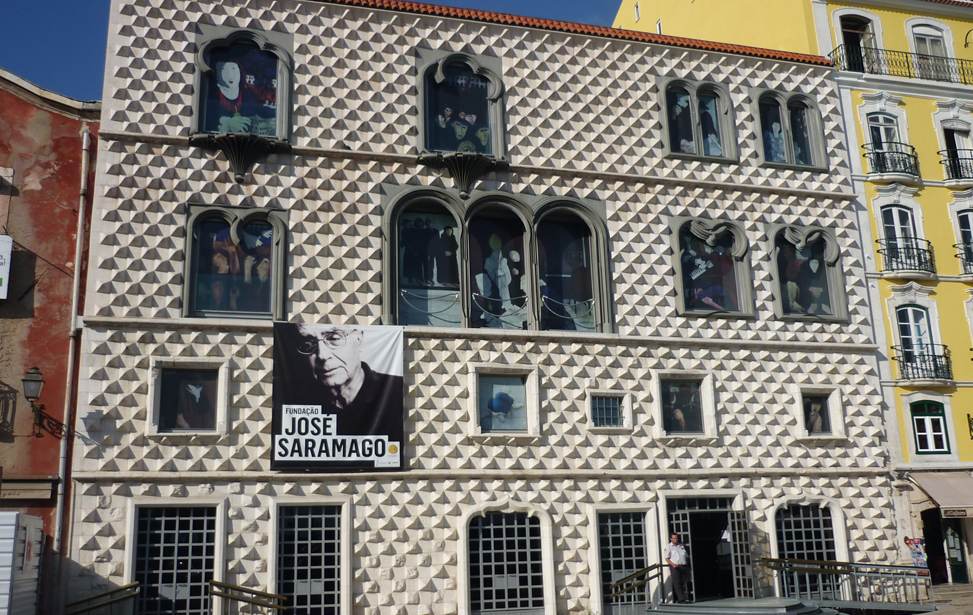
Casa dos Bicos main façade
Some of the remnants on display are parts of Late Roman walls and cetariae – elements of a Roman preserved and salted fish production factory, whose products were mostly exported. A fragment of a Roman wall and semi-circular watch tower can also be found here, remnants dating from the 3rd Century and were part of the defences of the Romana city of Olisipo. [ More About ► ]
Monday to Saturday: 10h00 - 13h00/14h00 - 18h00. Sunday: CLOSED | Entrance: FREE
Getting to the Casa dos Bicos
714 732 736 737 760 | 12E, 28EContact Details
10 Rua dos Bacalhoeiros, 1100-135, Lisbon, Portugal. | 38° 42' 32.6"N | 09° 07' 57.6"W
+351 218 802 040 | info.pt@josesaramago.org | Website
West Tower Museum
CLOSED FOR RESTORATION
Getting to the West Tower Museum
711 714 728 732 735 736 759 760 781 782 | 12E, 25EContact Details
1 Praça do Comércio,1100-148 Lisboa Lisbon, Portugal. | 38° 42' 24.7" N | 09° 08' 13.3" W
+351 215 818 530 | info@museudelisboa.pt | Website
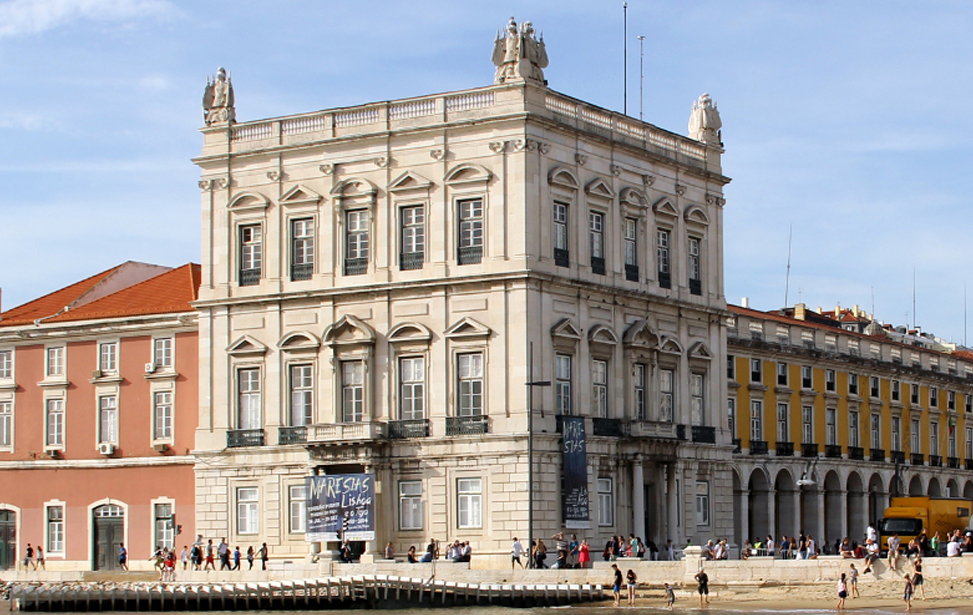
West Tower (Torreão Poente)


 Lisbon Card Discounts
Lisbon Card Discounts








